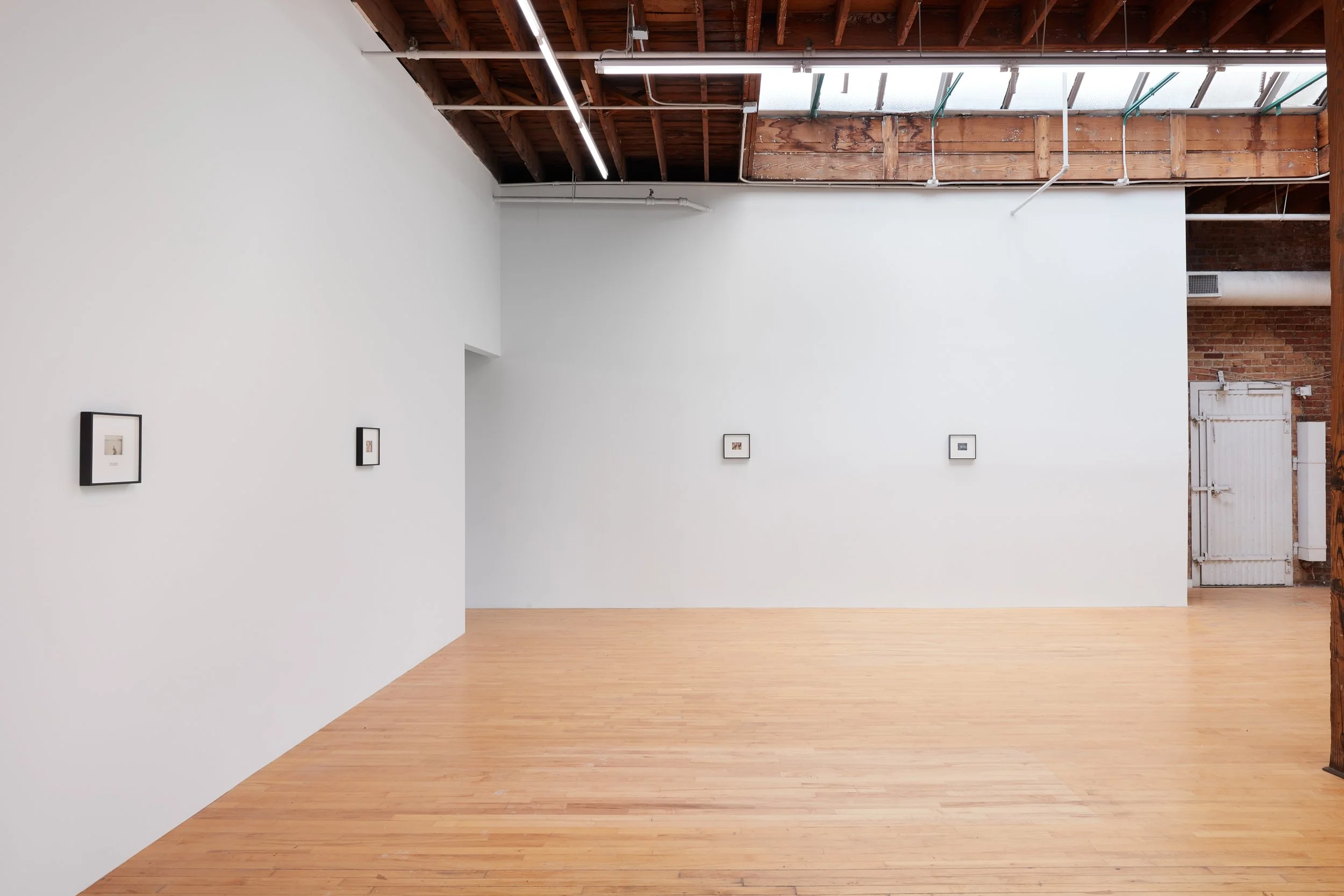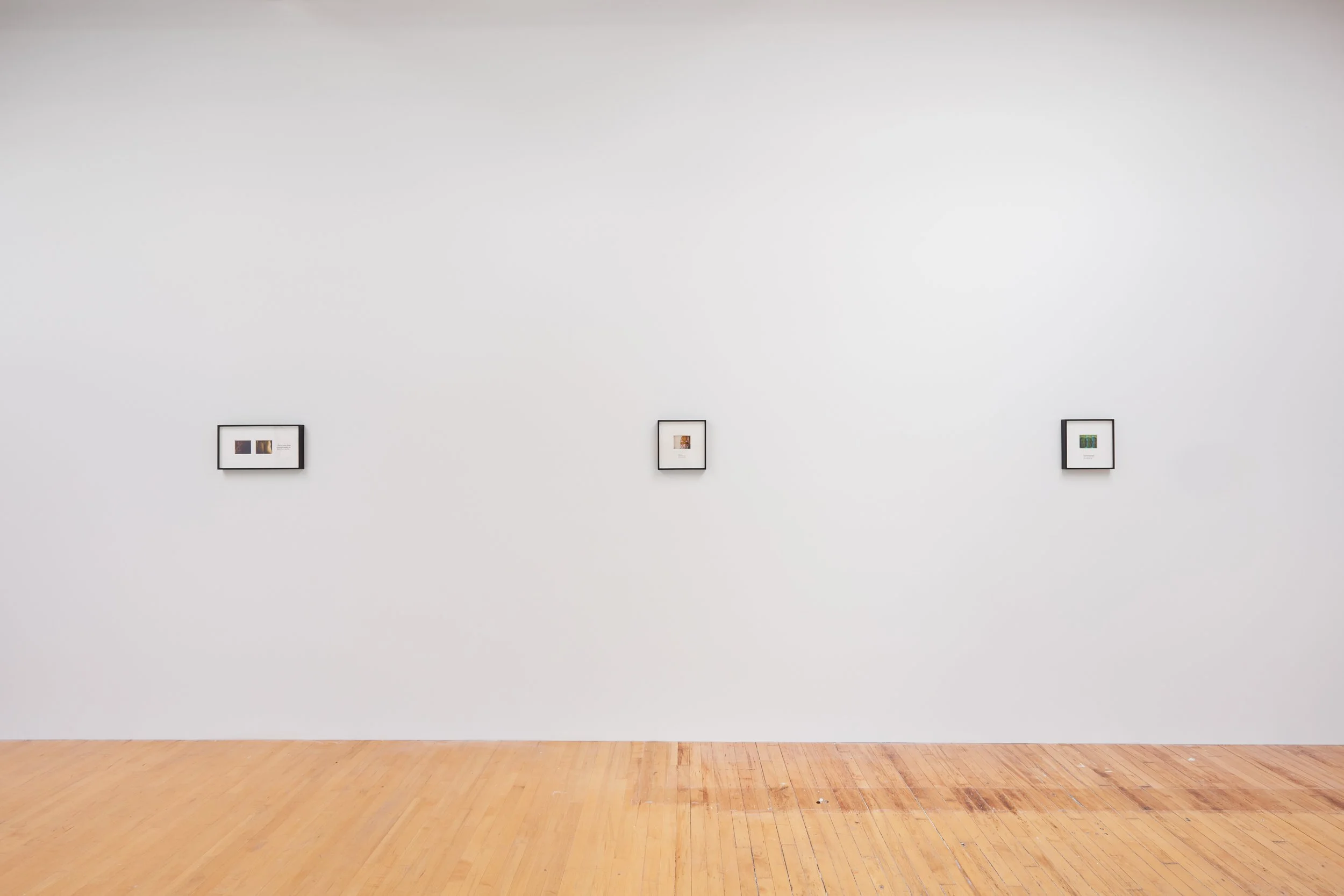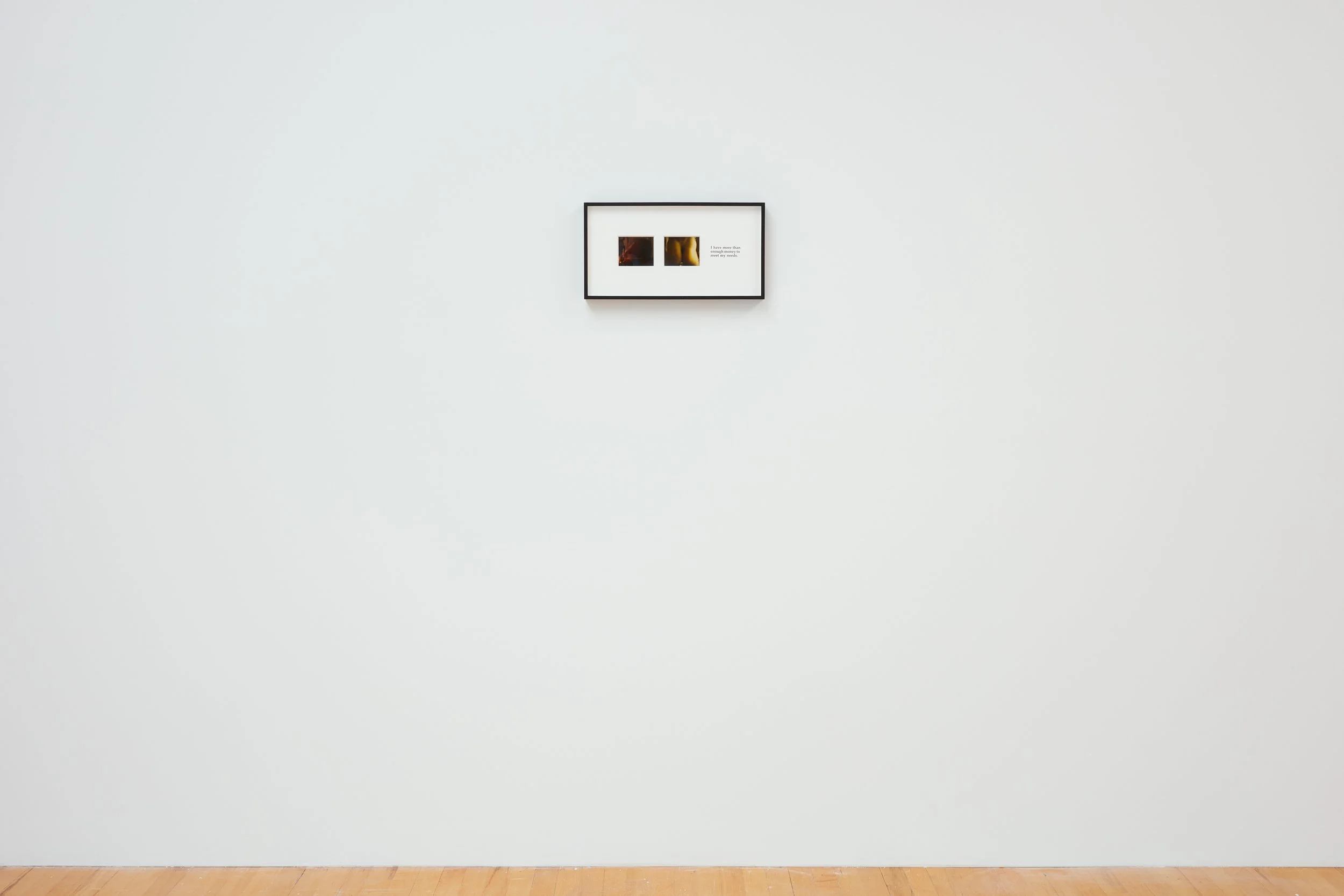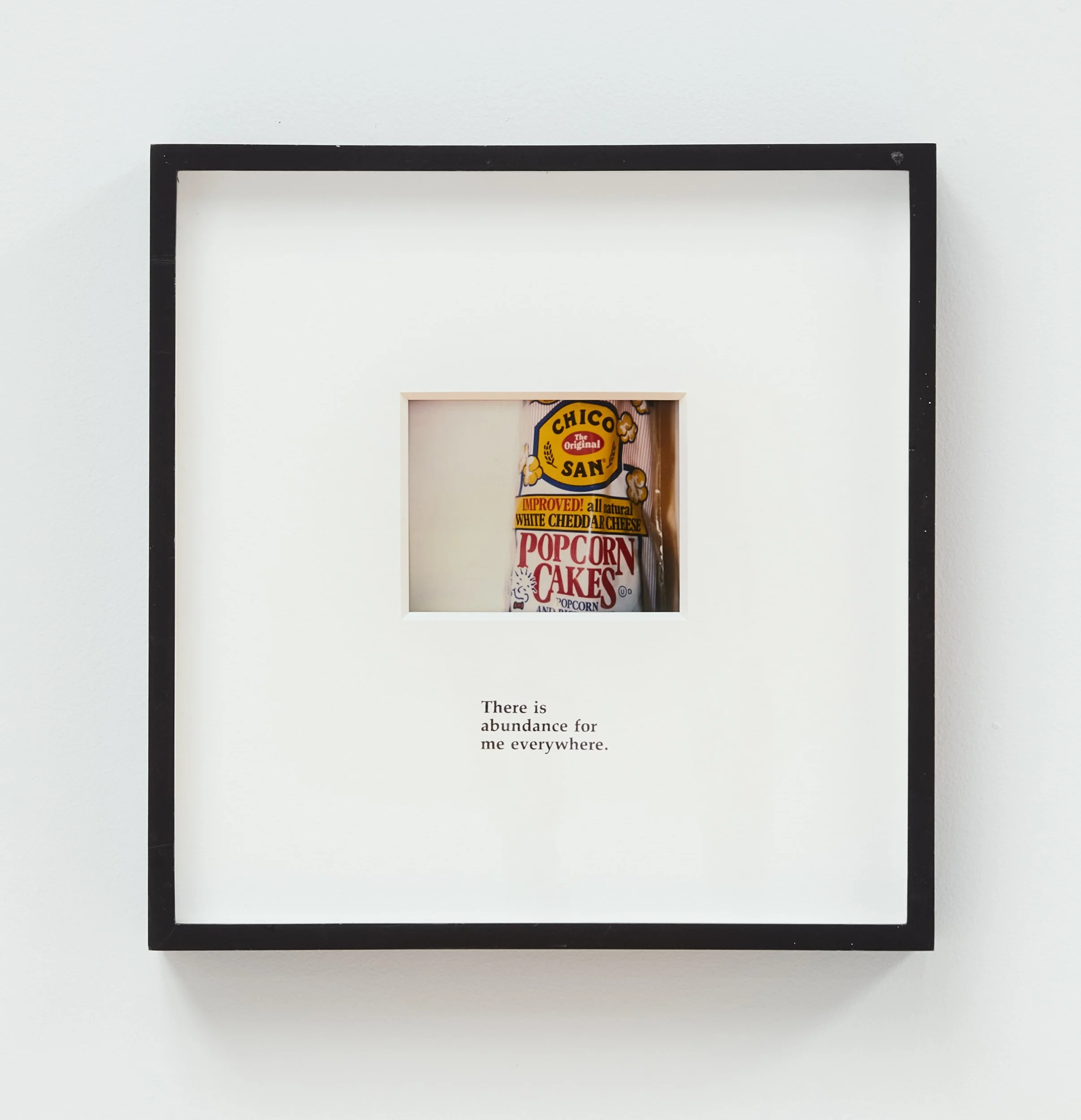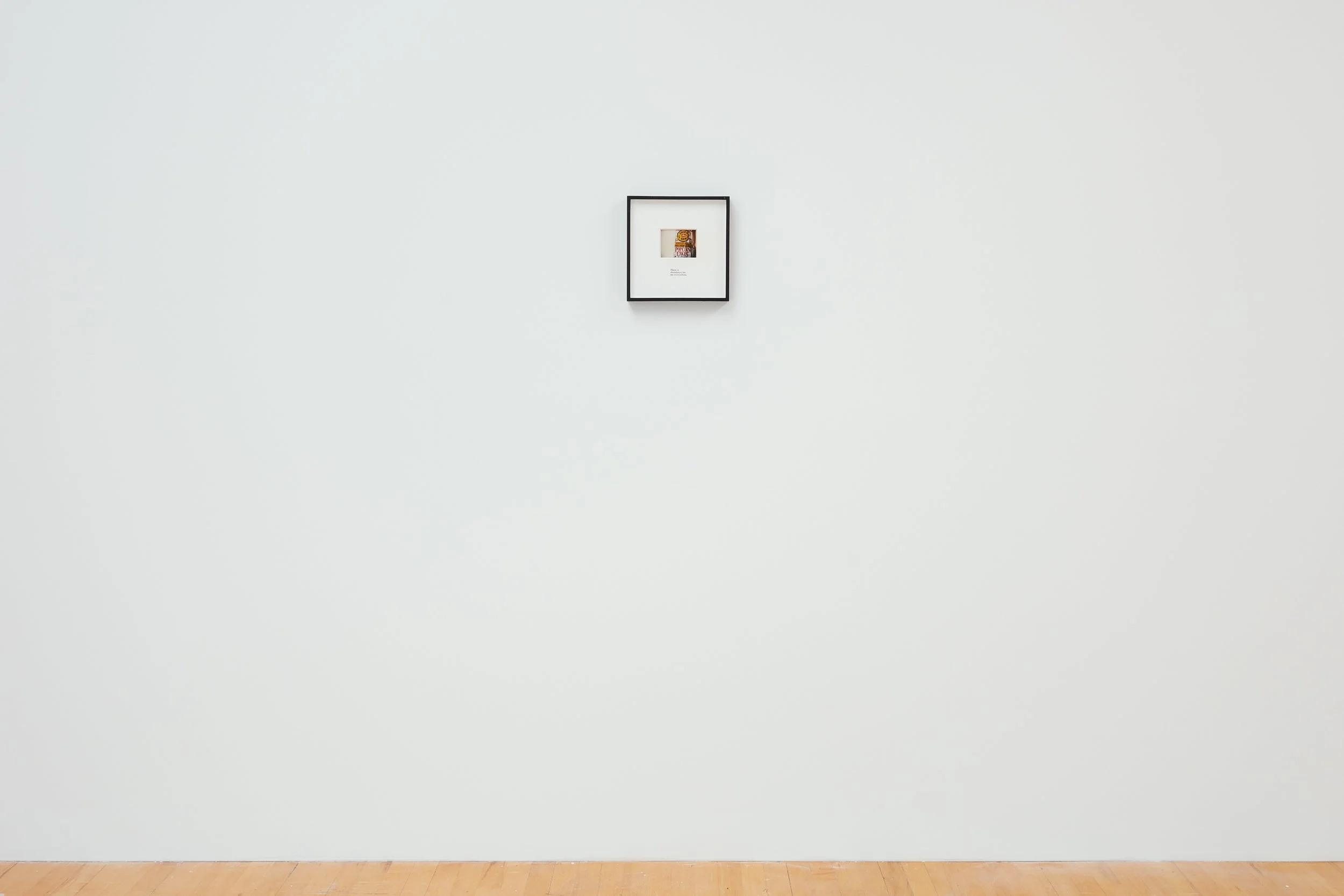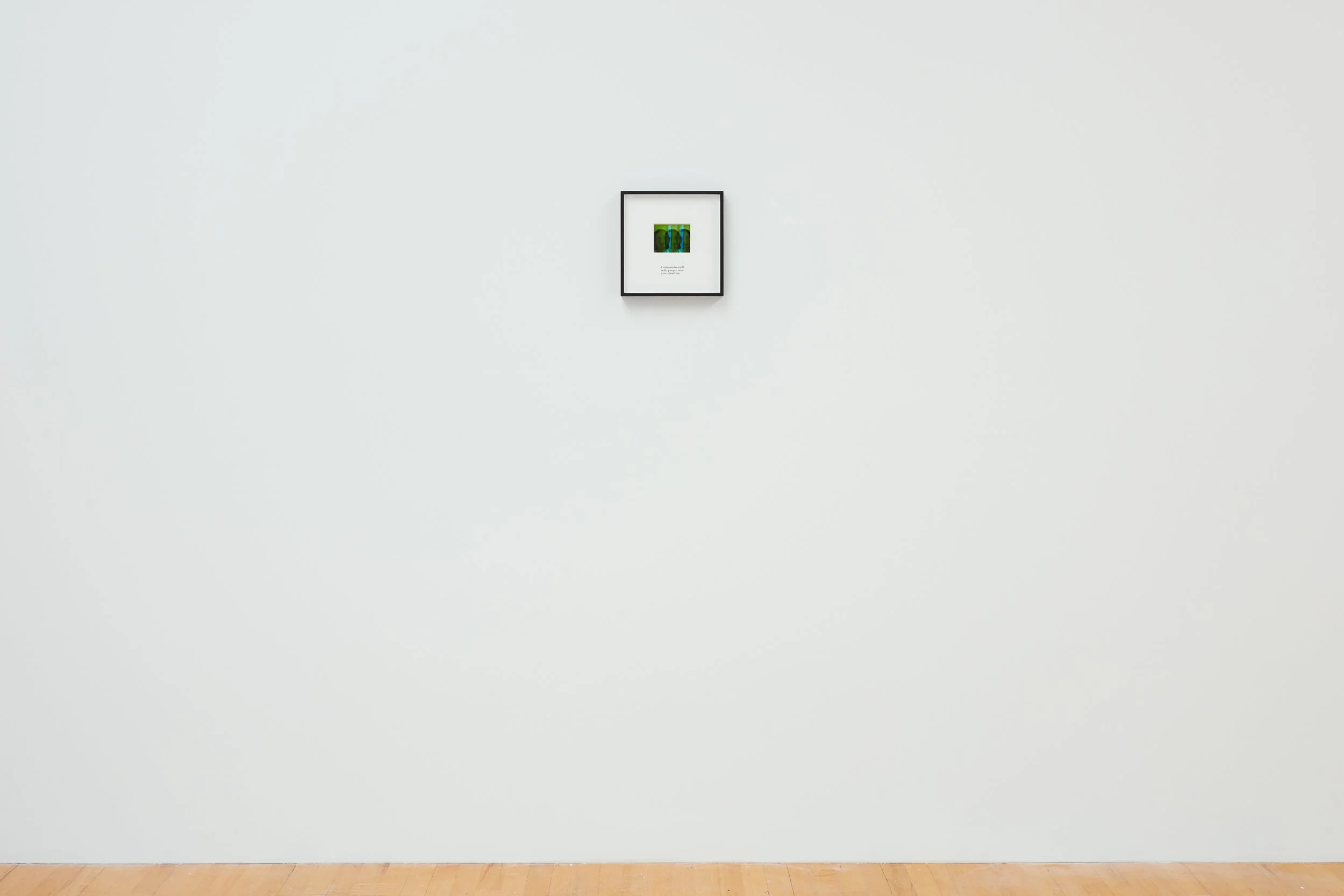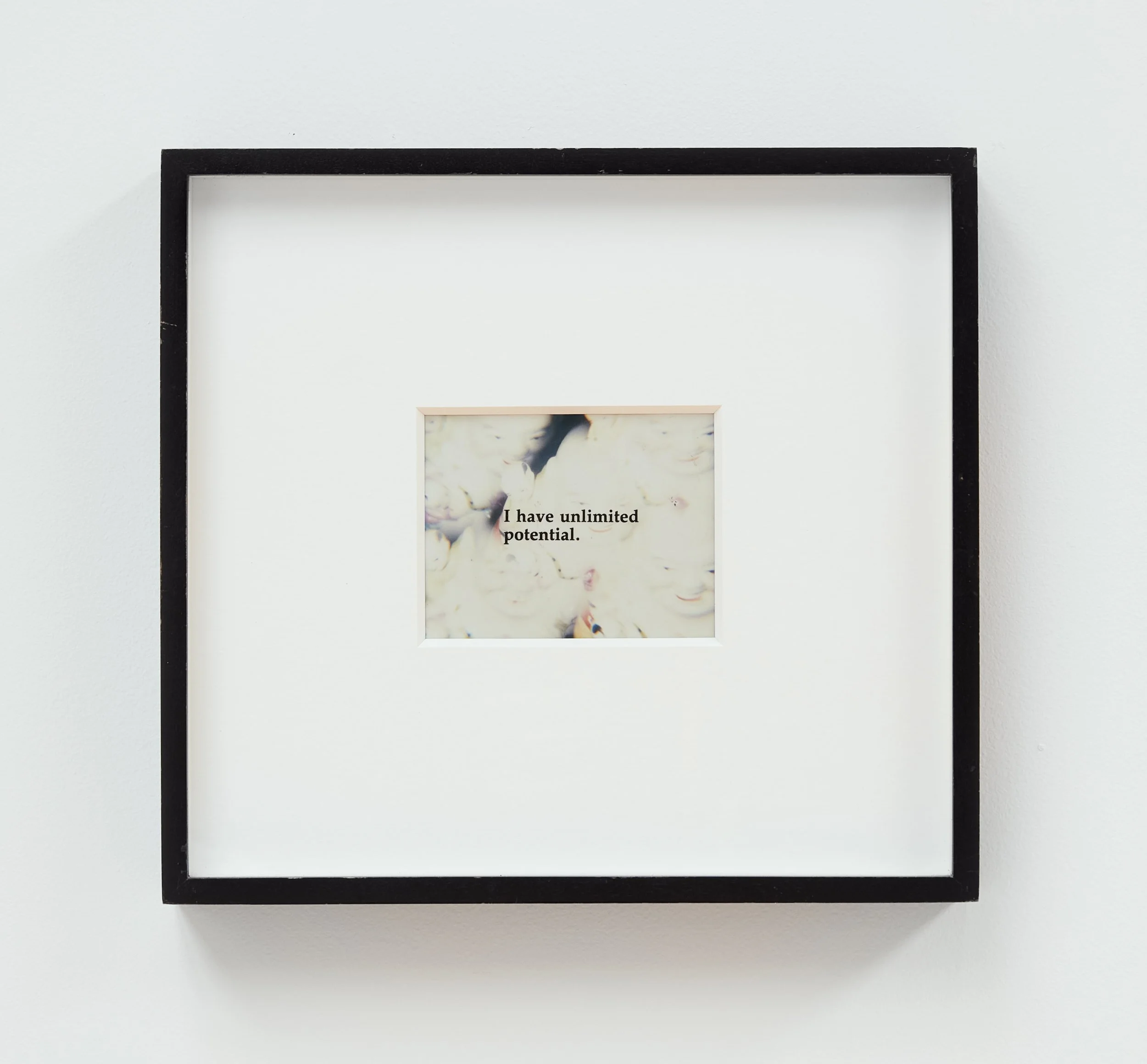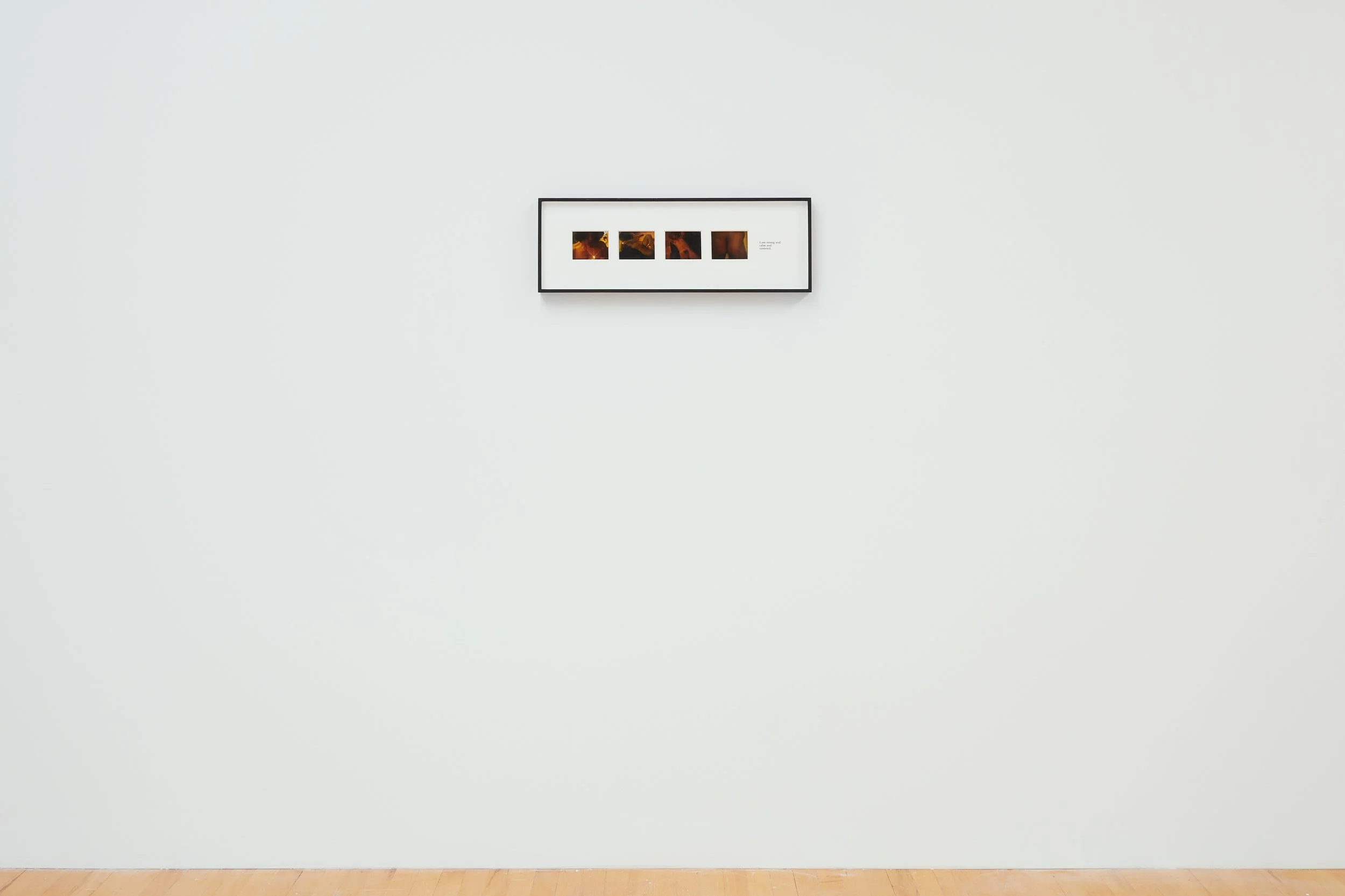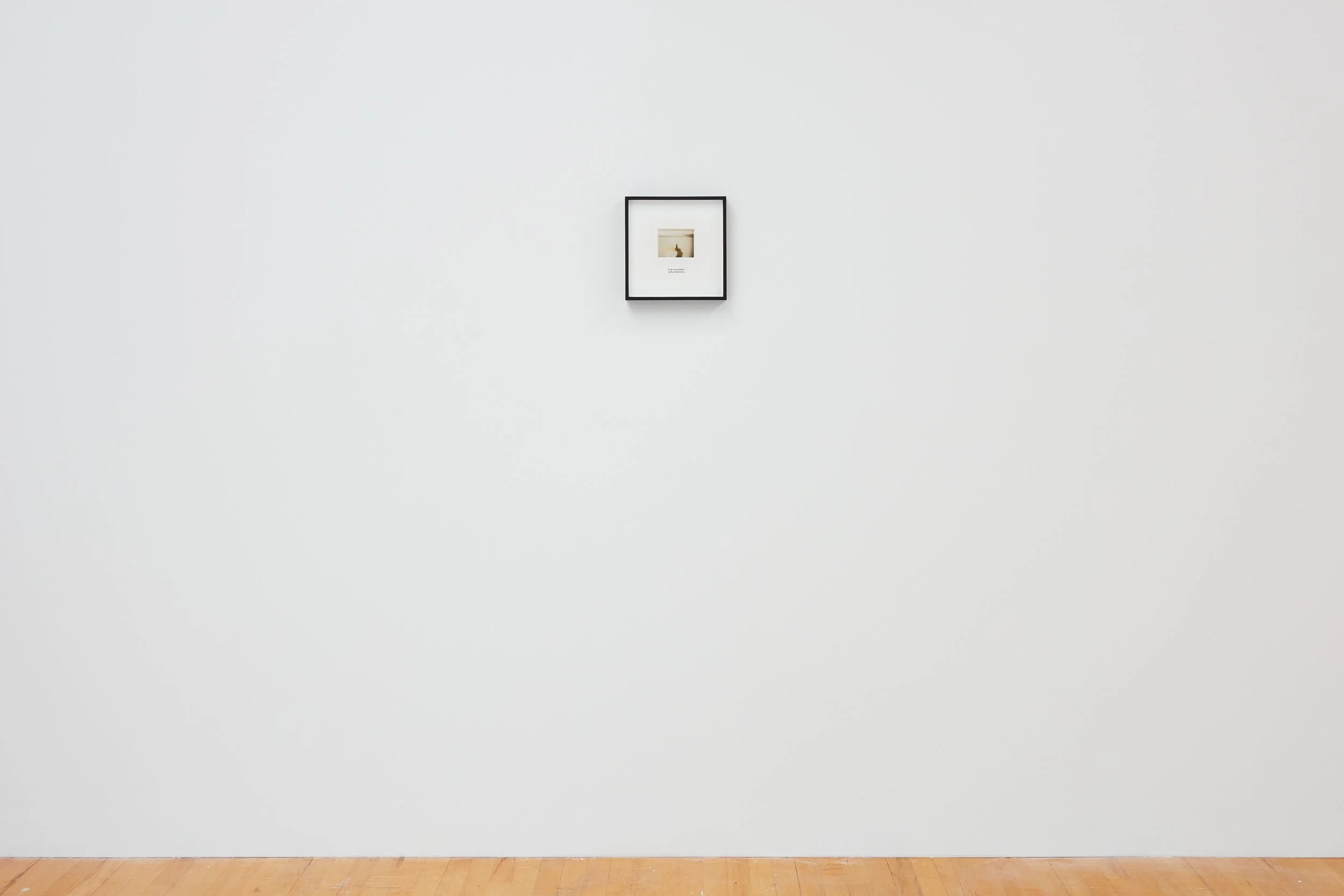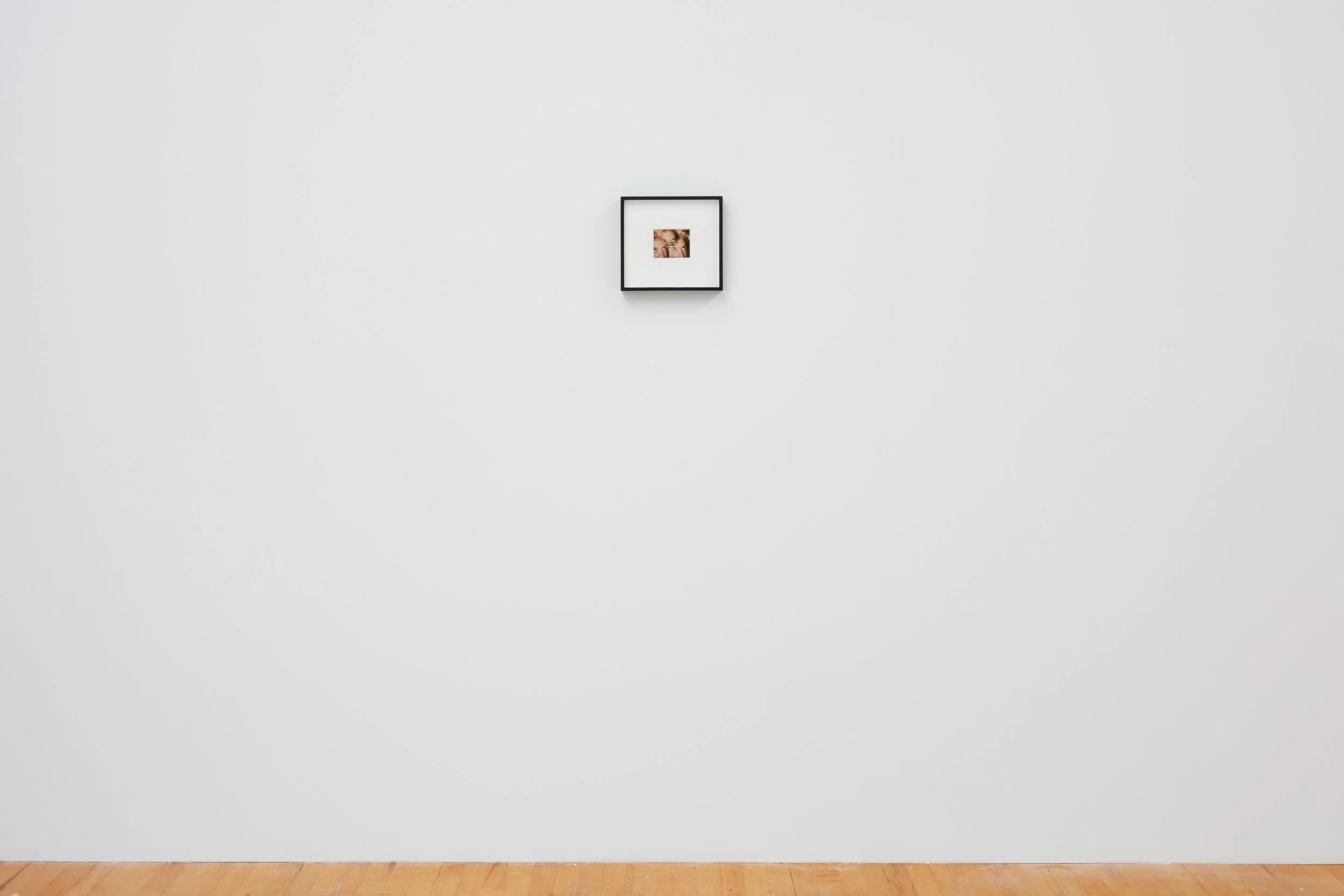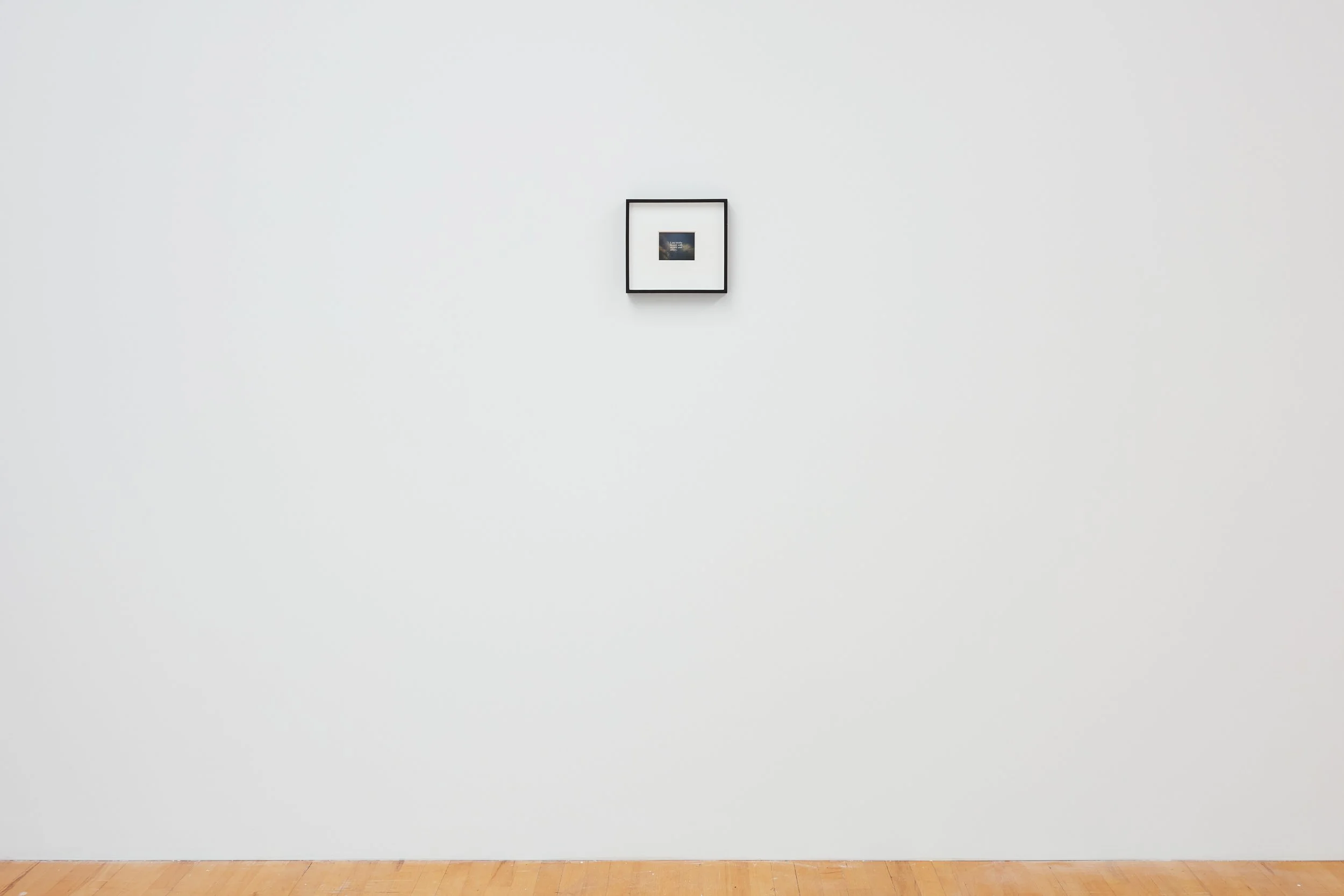John Boskovich
Rude Awakening
March 30 – May 11, 2024
What’s radical? And who’s a radical? An artist I know very well has characterized her performance-based art as a form of “radical care” — that as an aesthetic and a task, an operation, something definitely to do. We quarreled, it happens, we made up, but she was mad and I was disdainful.
“Radical care?” I text-chortled. “More like radical bitch.”
“Leave me alone! I’m sick you make me sick you’re a toxic loser. Put that in one of your stupid poems.”
“Trust me you’re assured as much.”
I think it’s all fine.
“That’s rad.” Said with somewhat depressed affect often. A Warholian default. Pitched between the nouveau venu qui cherche Rome en Rome “Oh yeah!” and a certain over-it-ness cultivated as attitudinal ikebana, or savored like a really expensive bottle of Château d’Yquem (that’s all of them, bourgeois wannabe bitch). John Boskovich was always telling me about what was and who was “rad”; sometimes these rad things emanated as much from an ideal syllabus cultivated and fought over by…us? John was very impressed that I’d gone to Yale, and he really wanted to know about Harold Bloom and J. Hillis Miller. I tried to oblige though I felt like a fraud, an I-was-there-yeah fraud — so better than Newsweek but not exactly Diacritics.
Rad was certain people: John’s collaborator Sandra Bernhard. Sometimes he’d call her rad but oftentimes so not. Quarrels. But yeah, Sandra, absolutely. Sandra, who also said rad at times and who lived in the Valley, though Arizona-Michigan birthed/“expelled” her. (Oddly, Susan Sontag comes to mind: Sue Rosenblatt de Arizona.) Larry Johnson, the elliptical subject of one of these Rude Awakening Polaroid + text works, was definitely rad. John told me that, as well as or coextensive with radness, Larry was, at CalArts, really mean and scary — which I believe. John though was also really mean and scary. I was really mean and scary, so I’ve heard. Maybe I still am. Sometimes John told me “you’re so rad David,” and true to form I was a pig in shit: objet petit a. I say rad all the time, though this expression must be an L.A. thing. People I knew said things like “she’s the tee” which is sort of a preppy rad (specifically: Exeter) which is a different species quite.
I met John Boskovich in a gay bar called The Bar, on Second Avenue and East 4th Street in the East Village of lower Manhattan in the last weeks and days of the 1980s. Meeting an artist or writer — meeting someone who worked in the theater of Off- and Off-Off-Broadway — in a gay bar isn’t exactly newsworthy, it’s not even disreputable; it’s not like you met each other on your knees at The Anvil, The Mineshaft, Club Toilet, your tight white jeans indelibly stained black and, even more embarrassing, a weird sepia. Why is that Mark? — well that’s something else. (Yes, I’m talking about you Steve, or whatever your name was.) Oh you brave little sexual outlaws. Some dreamers of the Honcho dreams. (There’s nothing recuperative about this. It’s just life, some people’s life or lives. Something to do, meet and whatever and I’m depressed. It's fun in a Cesare Pavese sort of way.)
John and I were both such Modernists in our tastes: Ezra Pound, T.S. Eliot, Hugh Kenner’s The Pound Era, the facsimile of Eliot’s manuscript of The Waste Land with Pound’s dramatically extensive and slashing edits, recordings of Eliot reading Prufrock, The Waste Land, Four Quartets. Sylvia Plath reading “Daddy” and “Lady Lazarus” and “The Applicant” from recordings made on October 20, 1962: “Daddy, Daddy you bastard I’m through.” We loved Patti Smith and Diane Arbus and — screetchhhhhh!!! — Laura Nyro. Laura Nyro was very much John’s contribution and she was the sui generis streak of originality and uncoolness, viz., the coolest. Anybody (read: moi, triste Dave) can coast on “Court and Spark.”
The Rude Awakening series consists of Polaroids that the artist juxtaposes with anodyne texts that are in the genre of Twelve-Step or New Age affirmations: “I am worthy of love and happiness,” “There is abundance for me everywhere,” etc. “I chose Polaroids because that format is almost intrinsically a non-artist mode and I was drawn to its spontaneity,” the artist remarked. The images have a given quality, like the residue of unmediated lived experience. The arty fooling around in them is of the nature of a party trick. Fractured faces, lurid colors, sexual shenanigans. The Polaroids adhere to the anti- or anaesthetic character of much Conceptual art photography, yet in crucial moments gesture outside of and beyond it, e.g., in the theatrical, showbiz chiaroscuro of certain “boudoir pictures.” “From a psychological perspective, I was trying to be very immediate and real,” Boskovich relates elsewhere.
The subjects are mostly persons: Gardner Gillies in triplicate, a friend of the artist. I remember his very blond hair — though his hair looks blue-black in the Polaroid that looks as if soaked in crème de menthe — arranged in plaits, or pigtails, and that one afternoon he was around when John made psilocybin-laced hot toddies to a recipe of Martha Stewart. John was, as far as I knew, very early on the Martha Stewart tip. As far as I knew he was the very first — Vasco da Gama in Martha Stewart Living — and his concoction according to her recipe with certain allowances was superb, I thought, utterly delicious. And as hot toddies were perhaps the only holiday treat sort of rubbish I’d enjoy at Christmas, I helped myself to a heaping magma mug. Whether or not this was a mistake I couldn’t say.
— David Rimanelli
John Boskovich (b. 1956, Los Angeles, CA; d. 2006, Los Angeles, CA) received a BFA in 1983 and an MFA in 1985, both from California Institute of the Arts. Selected solo and two-person exhibitions include Mirrors, David Lewis, New York, NY; John Boskovich, David Lewis, New York, NY; Psycho Salon, O-Town House, Los Angeles, CA; Dead Center / Marginal Notes: John Boskovich, curated by John Neff, Western Exhibitions, Chicago, IL; New Work and the It Series (1990-1996), Rosamund Felsen Gallery, Los Angeles, CA; Mike Kelley and John Boskovich, Rosamund Felsen Gallery, Los Angeles, CA; and Playing with the Truth, Laurie Rubin Gallery, New York, NY, among others.
Selected group exhibitions include This Brush for Hire: Norm Laich & Many Other Artists, curated by John Baldessari and Meg Cranston, Institute of Contemporary Art, Los Angeles, CA; Tongues Untied, curated by Rebecca Matalon, MOCA Pacific Design Center, Los Angeles, CA; Sylvia Bataille, curated by Adam Marnie and Rebecca Matalon, JOAN, Los Angeles, CA; Sentimental Education, curated by David Rimanelli, Deitch Projects, New York, NY; Ports of Entry: William S. Burroughs and the Arts, curated by Robert A. Sobieszek, Los Angeles County Museum of Art, Los Angeles, CA; traveled to The Spencer Museum, Lawrence, KS; A Man’s World, curated by Russell Ferguson, Museum of Contemporary Art, Los Angeles, CA; The Library of Babel: Books to Infinity, curated by Todd Alden, White Columns, New York, NY; traveled to Hallwalls Contemporary Arts Center, Buffalo, NY; and Bruce Nauman, Cindy Sherman, John Boskovich, Laurie Rubin Gallery, New York, NY, among others.
The artist directed two acclaimed films including North (starring Gary Indiana) and Without You I’m Nothing (starring Sandra Bernhard).
Boskovich is included in the permanent collections of the Art Institute of Chicago, Laguna Art Museum, Los Angeles County Museum of Art, and the Museum of Contemporary Art, Los Angeles.
John Boskovich
Rude Awakening Series: Commodities, ‘Herb And Trade’, 1997
Framed polaroid photographs with silkscreen text
9 1/8 x 17 1/8 inches (framed)
23.2 x 43.5 cm (framed)
John Boskovich
Rude Awakening Series: Popcorn Cakes, 1997
Framed polaroid photograph with silkscreen text
10 1/8 x 9 7/8 inches (framed)
25.7 x 25.1 cm (framed)
John Boskovich
Rude Awakening Series: Gardner Gilles as Psychedelic Surfer Jesus, ‘The only one who helped me move out of 514 S. Barrington’, 1997
Framed polaroid photograph with silkscreen text
10 1/16 x 9 7/8 inches (framed)
25.6 x 25.1 cm (framed)
John Boskovich
Rude Awakening Series: I, Tina, 1997
Framed polaroid photograph with silkscreen text
9 1/8 x 9 7/8 inches (framed)
23.2 x 25.1 cm (framed)
John Boskovich
Rude Awakening Series: I Have One Thing To Say...You Better Work!, 1997
Framed polaroid photographs with silkscreen text
9 x 26 1/2 inches (framed)
22.9 x 67.3 cm (framed)
John Boskovich
Rude Awakening Series: ‘Oracion de la Nuestra Señora de Guadalupe’, Another Angle of Stephen’s Day of the Dead Altar November 1995, 1997
Framed polaroid photograph with silkscreen text
10 1/6 x 10 inches (framed)
25.8 x 25.4 cm (framed)
John Boskovich
Rude Awakening Series: The Thirteenth Step, ‘Please Sir, Will You Be My Sponsor?’, 1997
Framed polaroid photograph with silkscreen text
10 x 9 1/8 inches (framed)
25.4 x 23.2 cm (framed)
John Boskovich
Rude Awakening Series: Lurking, in Seclusion (After Rehab), 1997
Framed polaroid photograph with silkscreen text
10 1/6 x 9 7/8 inches (framed)
25.8 x 25.1 cm (framed)
John Boskovich
Rude Awakening Series: Mike Murphy, ‘Judgment Day’, 1997
Framed polaroid photograph with silkscreen text
9 1/8 x 9 7/8 inches (framed)
23.2 x 25.1 cm (framed)
John Boskovich
Rude Awakening Series: Urban Protector... Not, ‘Tony Vartulli’s Cock’ Summer 1996, 1997
Framed polaroid photograph with silkscreen text
9 1/16 x 10 inches (framed)
23 x 25.4 cm (framed)
John Boskovich
Rude Awakening Series: For Larry Johnson: Another Original Idea, Another Risky Persona, 1997
Framed polaroid photograph with silkscreen text
9 1/8 x 9 7/8 in (framed)
23.2 x 25.1 cm (framed)
John Boskovich
Rude Awakening Series: Best Friends (On Knowing When To Take A Cue) Steve Antin, Tere Tereba, 1997
Framed polaroid photographs with silkscreen text
10 1/4 x 14 1/2 inches (framed)
26 x 36.8 cm (framed)


